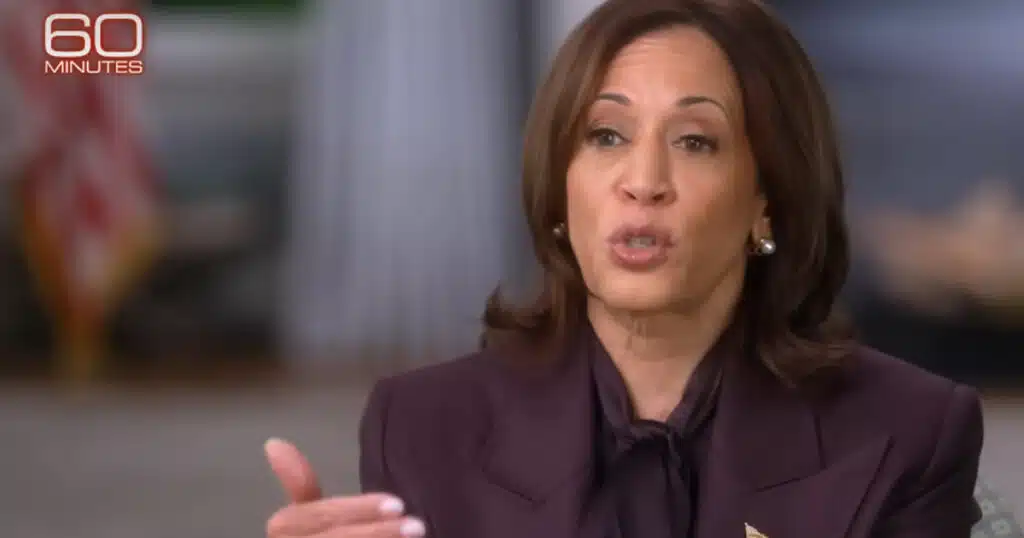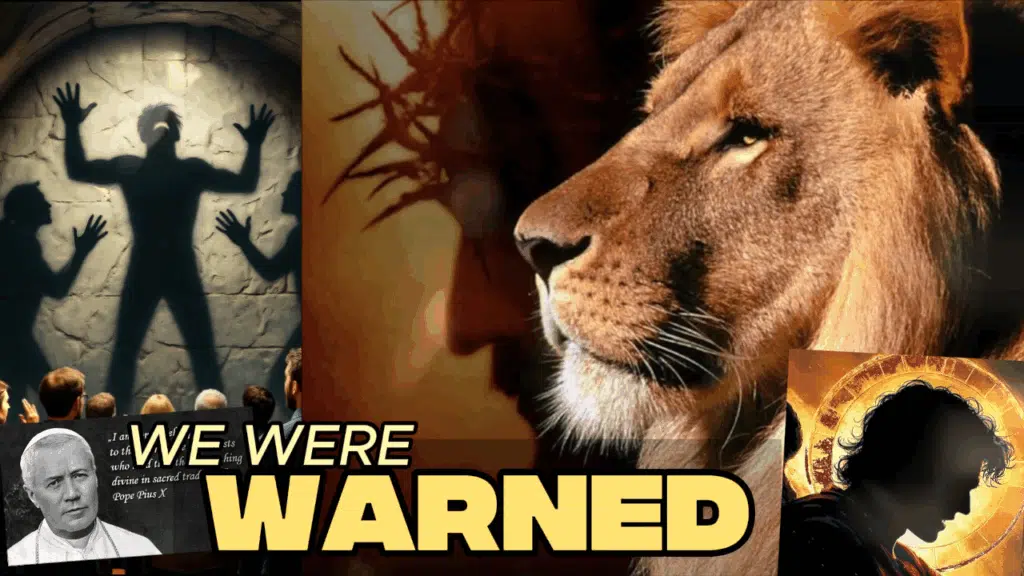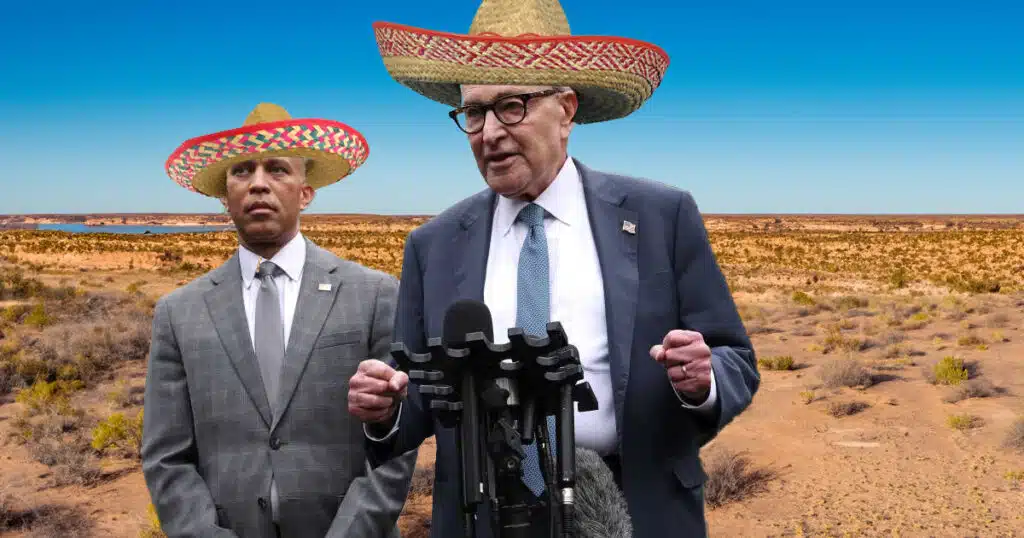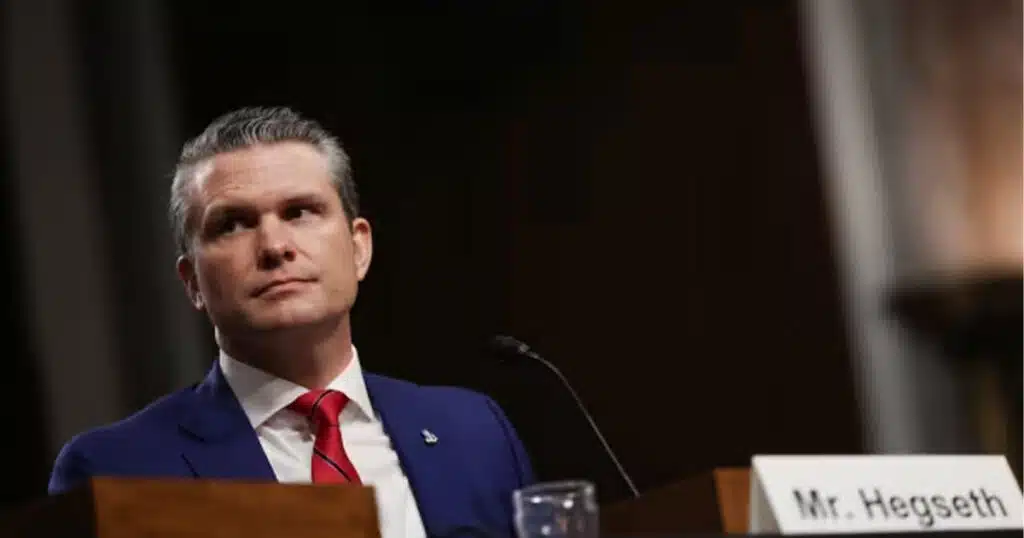
Revealed: Pro-Kamala Social-Media Millions That Couldn’t Sync ‘Brat’ With ‘Democrat’
The abrupt withdrawal last year of President Joe Biden as the Democratic presidential nominee, followed rapidly by his replacement with Vice President Kamala Harris, irked many voters left out by the process. Yet social media seemed to ooze with enthusiasm and Gen Z-friendly hipster appeal.
Influencers flooded the web with neon-matcha green pro-Harris videos synced to beats from singer Charli XCX’s album “Brat” released last year. The poppy rave videos, gushed journalists, showed that Harris embodied the confidently independent “brat” vibe conveyed by the music. Social media pages bubbled with memes celebrating Harris as the voice of queer and black youth, in contrast with the Republican agenda of white supremacy. Digital creator Amelia Montooth, in one viral TikTok video, kissed a woman and tried searching for pornography, actions her sketch suggested would be banned if Harris lost the election.
Harris, a career politician favored by the Democratic Party’s establishment, never quite fit the bill as an icon of activist movements. But the sudden influencer buzz seemed to transform the stodgy former prosecutor into an icon of the cultural zeitgeist.
As it turns out, the tidal wave of enthusiasm was not entirely genuine. Much of the content, including Montooth’s videos, was quietly funded by an elusive group of Democratic billionaires and major donors in an arrangement designed to conceal the payments from voters.
RealClearInvestigations obtained internal documents and WhatsApp messages from Democratic strategists behind the influencer campaign. Way to Win, one of the major donor groups behind the effort, spent more than $9.1 million on social media influencers during the 2024 presidential election – payments revealed here for the first time. The amount was touted in a document circulated after the election detailing the organization’s accomplishments.
The effort supported over 550 content creators who published 6,644 posts across platforms, TikTok, Instagram, YouTube, Twitch, and X. Way to Win coached creators on phrases, issue areas, and key themes to “disseminate pro-Kamala content throughout the cycle,” a post-election memo from the group noted.
The look behind the curtain reveals that at least some of the image-making around the Harris candidacy was carefully orchestrated by the same types of covert social media marketing often used by corporate brands and special interest groups. Such campaigns provide the illusion of organic support through the authentic appeal of trusted social media voices.
Way to Win, in internal messages, touted its work with a stable of Democratic Party-affiliated influencers and activists, including Harry Sisson, Emily Amick, Kate Abu, and Dash Dobrofsky. The group also overtly cultivated “non-political creators” – influencers typically known for travel vlogs, comedic skits, or cooking recipes – and seeded them with “positive, specific pro-Kamala content” that was “integral in setting the tone on the Internet and driving additional organic digital support.” The effort often took the form of talking points that were rapidly distributed to the in-network creators.
“Bro who is Tim Walz,” said @AbeeTheArtist, one of the TikTok creators backed by Way to Win. “He’s a football coach, that’s hard,” the influencer continued. “It’s time for Republicans to drop out, it’s not looking good for ya’ll!”
In a series of internal presentations about the influencer campaign, Way to Win emphasized its data-driven approach. “We know what messaging works,” noted Liz Jaff, a branding strategist working with Way to Win, during a call with donors last year. She touted the use of an AI-based focus group tool developed by Future Forward, the Harris campaign’s primary SuperPAC.
Jaff also explained the process for developing talking points that could be inserted into organic-appearing messages and posts on social media. “We then convey that to the influencers who take that into their own words,” continued Jaff. “We then test those videos and see what needs to be boosted,” she added, referencing paid media efforts to amplify specific TikTok videos or favored streamers.
The lofty promises of message mastery, however, often fell short. Way to Win directly financed a series of clunky YouTube shows and liberal identity politics-oriented social media skits designed to bring voters out to support the Harris campaign and Democrats more broadly. There’s little evidence that such measures moved any significant numbers of voters during an election in which Democrats lost historic levels of support from key constituency groups – the youth vote, Latinos, and black men swung significantly to Donald Trump last year, upending decades of voting patterns.
Ilana Glazer, a comedian who starred in the Comedy Central show Broad City, received Way to Win funding for a series of election videos called “Microdosing Democracy,” in which she half-heartedly endorsed Harris as she lighted a spliff of marijuana. Another TikTok and Instagram series backed by the donors, called “Gaydar,” featured interviews quizzing people on the streets of New York City about gay culture trivia with little election-related content.
Way to Win also funded a caravan with an inflatable IUD to Philadelphia, Washington, D.C., Raleigh, St. Louis, and other locations. The tour, which featured content creators producing posts along the way, was designed to bring attention to claims that Trump would ban contraceptive devices.
In an apparent attempt to boost Harris’ support among black men, Way to Win directly funded a series of YouTube interview-style talk shows called Watering Hole Media.
“I heard a brother say to me, ‘Man, I didn’t know I was going to be excited when Kamala was selected,’” said Jeff Johnson, a managing director with the lobbying firm Actum LLC who worked as a host for the Watering Hole Mediaseries “Tap In.” “One brother said, ‘I’m not even fully sure why,’” continued Johnson. “No, seriously, he said, ‘When I look at her, though, she reminds me of my aunt,’ and I said yes, so there is this communal piece.”
The discussion, taped at the Democratic National Convention in Chicago last August, buzzed about the “through line” from the Black Panthers to the Nation of Islam to Harris’ nomination, suggesting her candidacy represented another moment in radical black politics.
The Way to Win-sponsored media group sponsored many similar discussions attempting to buoy the Harris candidacy with appeals to racial identity politics.
Despite the well-funded efforts, few tuned in. The seven video programs produced at the DNC collectively garnered fewer than 1,000 views. One video had fewer than 40 viewers.
Questions have mounted over the campaign spending decisions from Harris and her supporting organizations. The Harris campaign and her SuperPAC spent over $1.5 billion in the last months of the campaign, with much of the money flowing to consultants and media advertising. Alex Cooper, who hosted Harris for an interview on her “Call Her Daddy” podcast, was baffled about why the campaign spent about $100,000 on a “cardboard” temporary studio set that “wasn’t that nice.” Others have raised similar concerns about payments to Oprah Winfrey’s production firm.
“Our 2024 creator program reached key audiences with nearly a billion views, but there’s more to do, and we’re applying lessons from last cycle,” a Way to Win spokesperson said in a statement to RCI.
“Sometimes in presidential campaigns, there are times when there aren’t any cost controls,” observed Mike Mikus, a Democratic strategist in Pennsylvania. “The biggest question is whether they had any empirical evidence that this TikTok messaging would work.”
The payments occupy a hazy area of election law. Way to Win structured the funds through nonprofit corporations that paid various influencer talent agencies – firms such as Palette Management and Vocal Media. The money was not listed in Federal Election Commission disclosure portals that show political funds spent during the campaign.
While television or radio ads require disclaimers showing the groups responsible for paying for the advertisements, there are no equivalent mandates for TikTok stars or Instagram personalities that receive payment to promote election-related content. Despite some attempts to reform election transparency regulations, minimal progress has been made. The FEC has deadlocked over attempts to form new rules to govern the influencer space, leaving the entire medium virtually lawless regarding campaign cash.
Way to Win operates several entities and corporations, most of which do not disclose donors. The group did not respond to a request for comment for more information in this regard. However, the cache of documents about the influencer campaign pointed to some clues. Way to Win hosted a series of donor-only events in San Francisco and Washington, D.C., with representatives of the Open Society Foundation, the charity backed by billionaire investor George Soros. OSF did not respond to a request for comment.
Democrats are hardly alone in payola for influencers. Republican campaigns have spent several hundred thousand dollars on similar social media marketing agencies that tout the ability to seed content with popular accounts on X and TikTok.
But the attempted reach and spending of the pro-Kamala Harris 2024 effort is unprecedented. For Way to Win, the group justified the spending sprees as the only way to compete with pro-Trump voices and popular podcasts, such as Joe Rogan, which the Harris campaign eschewed.
“Our goal this year was to combat conservative content domination on Instagram and TikTok. We did that,” Way to Win claimed in a triumphant memo to donors after the election.
“Had more Americans gotten their media from Instagram and TikTok,” the December memo argued, “Kamala Harris would be the next President of the United States.”
This article was originally published by RealClearInvestigations & LeeFang.com and made available via RealClearWire.



